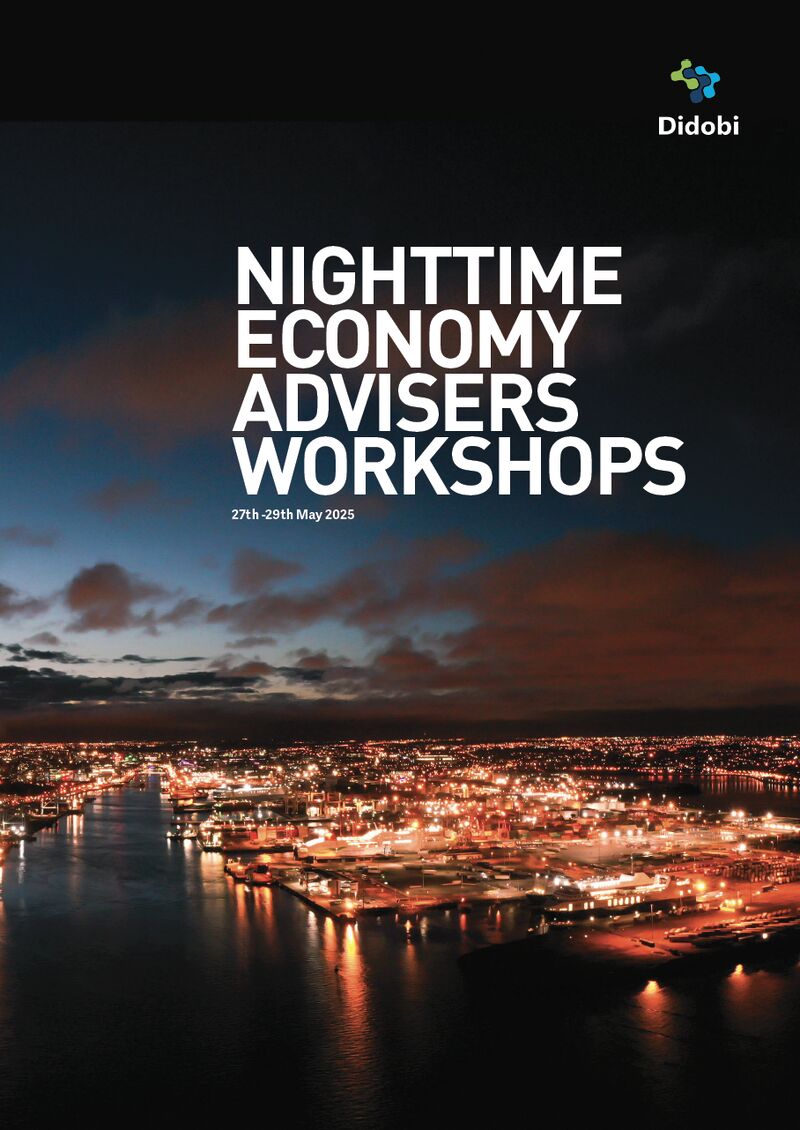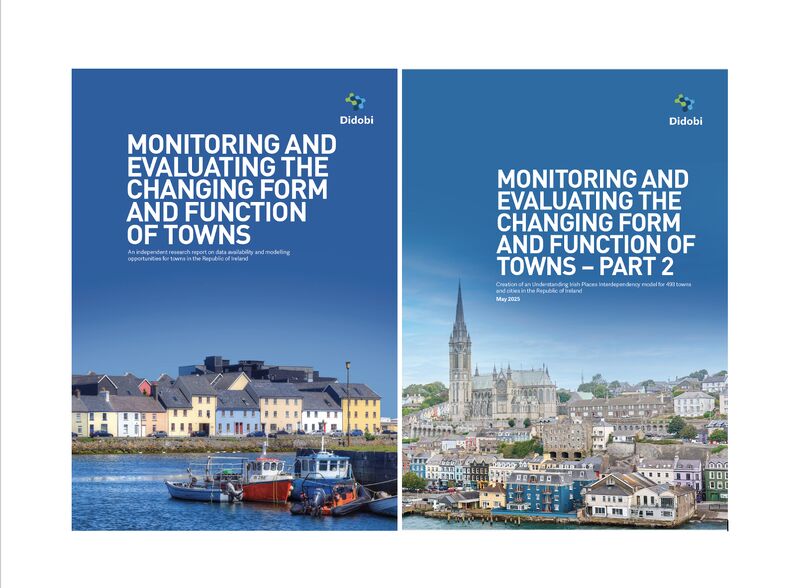The two screens to cinema!
Yesterday I attended a Cushman & Wakefield event that covered the cinema market. It was about ten years ago that everyone was saying that cinemas would be extinct, as everyone moved to on-demand television and films with the rise of film clubs such as LoveFilm and Netflix. The reality is that, whilst there has been a decline in the number of cinemas from 775 to 750 in the last ten years, the actual number of screens have increased by over 10% to 3,858 as of the end of 2012.
So that is the supply equation what about the demand (attendance)? This has increased but only marginally from 164m in 2005 to 172m in 2012. The growth, however, has been in the multiplex locations where the choice is greater both in the cinema, but also outside in terms of being part of a destination – shops, restaurants, bars etc. Cinemas for the majority of large scale developments have become a key anchor in order to deliver the variety that modern consumers demand. As such the growth of cinemas, according to Cushman & Wakefield, is forecast to grow with 60 cinema developments (490 screens) in the pipe for 2014-2017.
Whilst this growth can be considered positive, it does result in oversupply or over screening as they say in cinema, in a number of locations. Often this oversupply is in smaller towns, and examples quoted were Telford, Trowbridge, and Darlington.
The good news in all of this is that bringing cinemas back to town centres increases footfall, and the requirements of a ‘destination of choice’ where experience is at the heart. By town centres, this may not be the public realm areas, but increasingly private realm i.e. within shopping centres. Of the top five top performing cinemas in the UK, three are in shopping centres – Vue Westfield London, Vue Westfield Stratford, and the Trafford Centre.
Another interesting fact is that 70% of the box office sales are from the top three operators – Cineworld, Odeon, and Vue. This fact has not been lost on the Competition Commission, which is increasingly involved within this sector. That said, independent cinemas have also grown. Whilst they account for a mere 6% of the screens national total, this equates to 23% of the box office. Curzon is a good example of this where they open in the smaller town locations such as Ripon, which has had a 31 year wait for a cinema. Vast areas of the country have little or no access to cinemas, which the market defines as a 10-12 minute drive time!
So that is cinema, as we have known for many years. The new side to cinema is Event Cinema. This is the live broadcast of theatre, sports, concerts etc. to cinemas or indeed pubs and other suitable locations. In 2012 there were 131 such broadcasts with sales of £18m. It is a great concept as it brings so many new experiences to locations up and down the country and all you need is a basic set up and a 1.2m satellite dish. Average ticket prices are £15-25; the current market share is 3% of total box office takings, but this is forecast to grow to 5% by 2017. For example 12% of Picture House’s takings were from event cinema.
Cinema be it traditional screenings or event cinema are a great example where technology can bring people, life, and experience back to town centres up and down the country. A 65-seat location can be set up in an area of 115m2 gross. Lighting systems, such as what we saw at the Olympics, can bring the ‘live’ experience to remote locations and enable more people to experience culture, sport, education, and music in a way that was not previously possible. Most importantly, it is exactly the experiential change that will be define the success or failure of town centres in the 21st century. Encore!






Leave a comment: